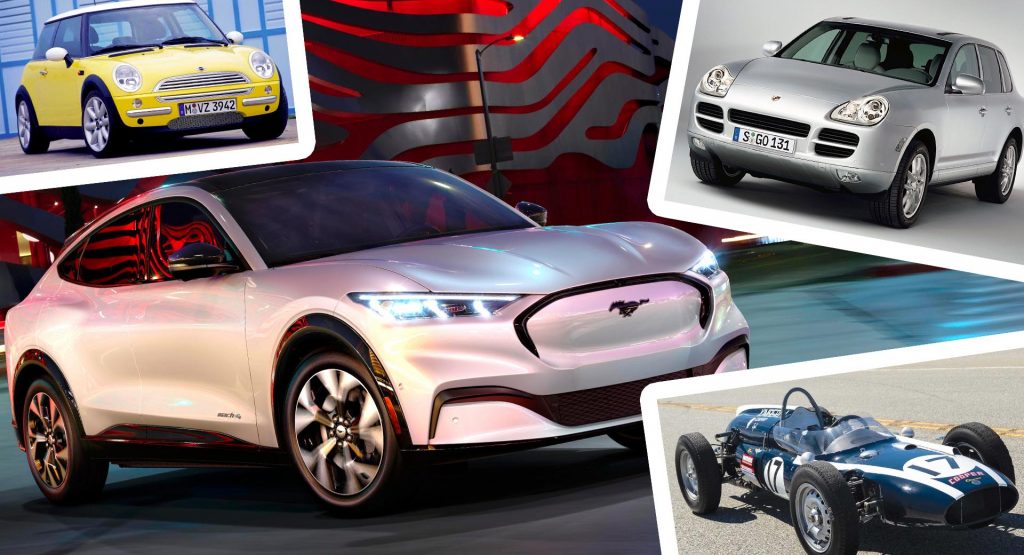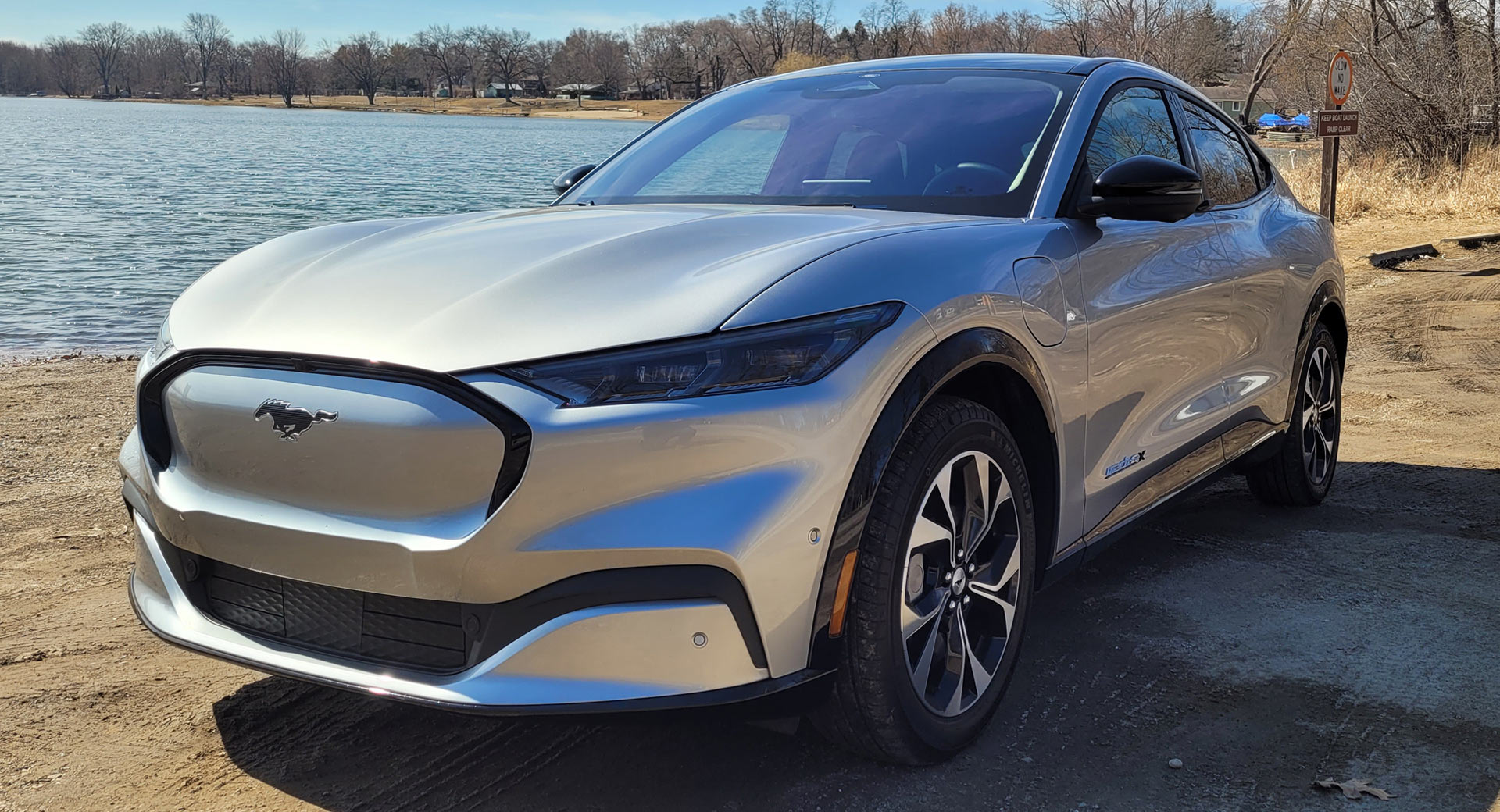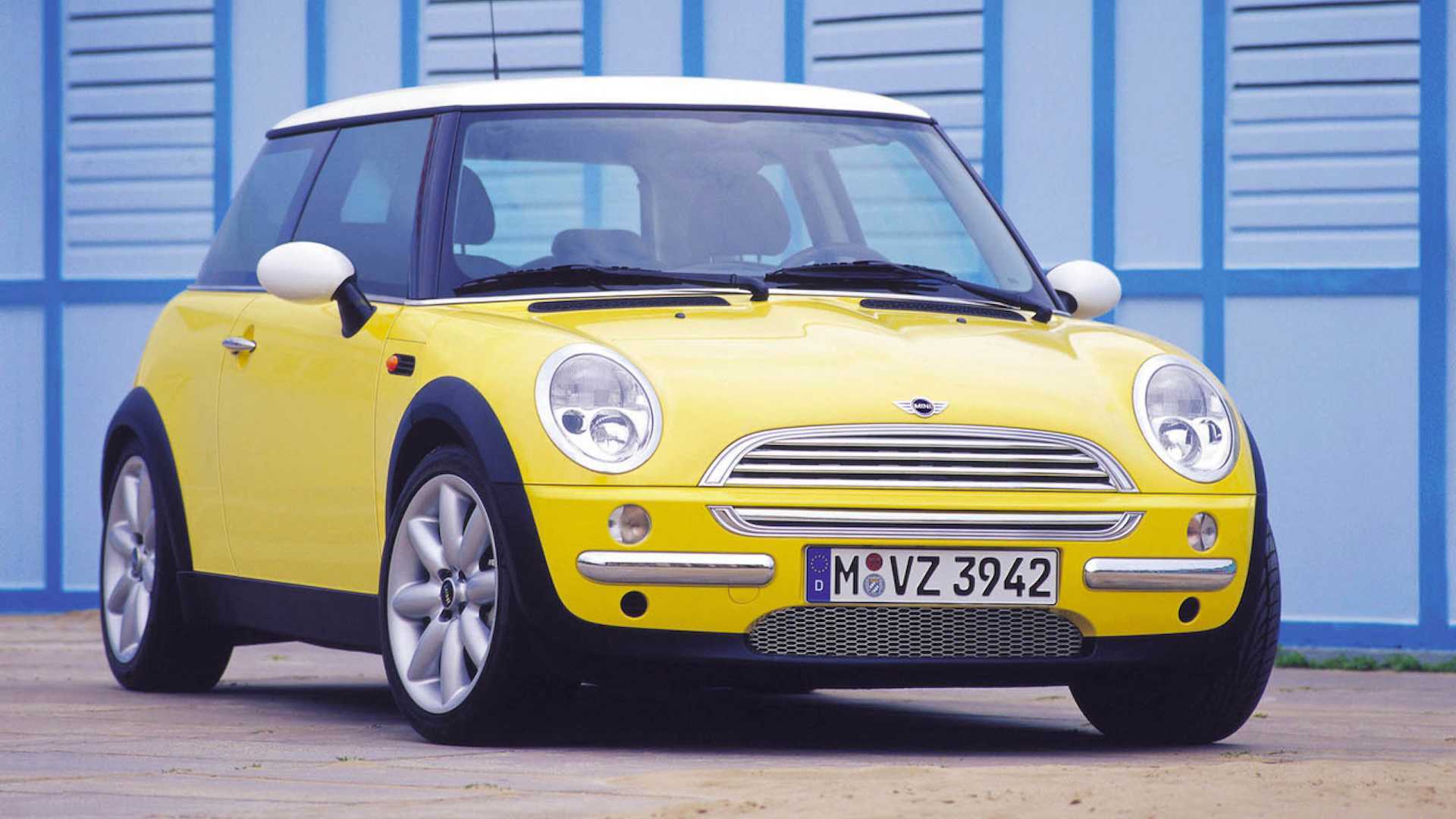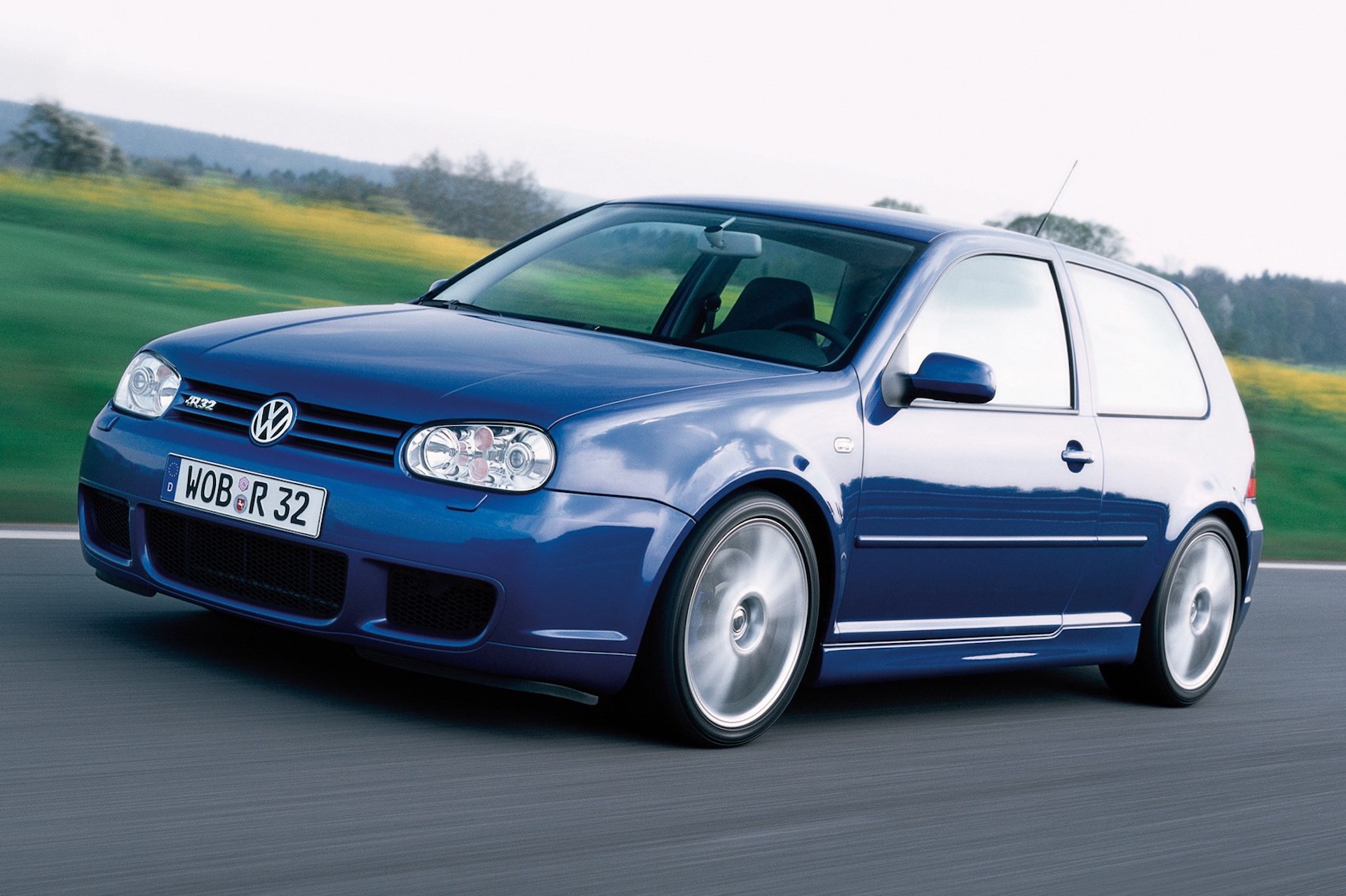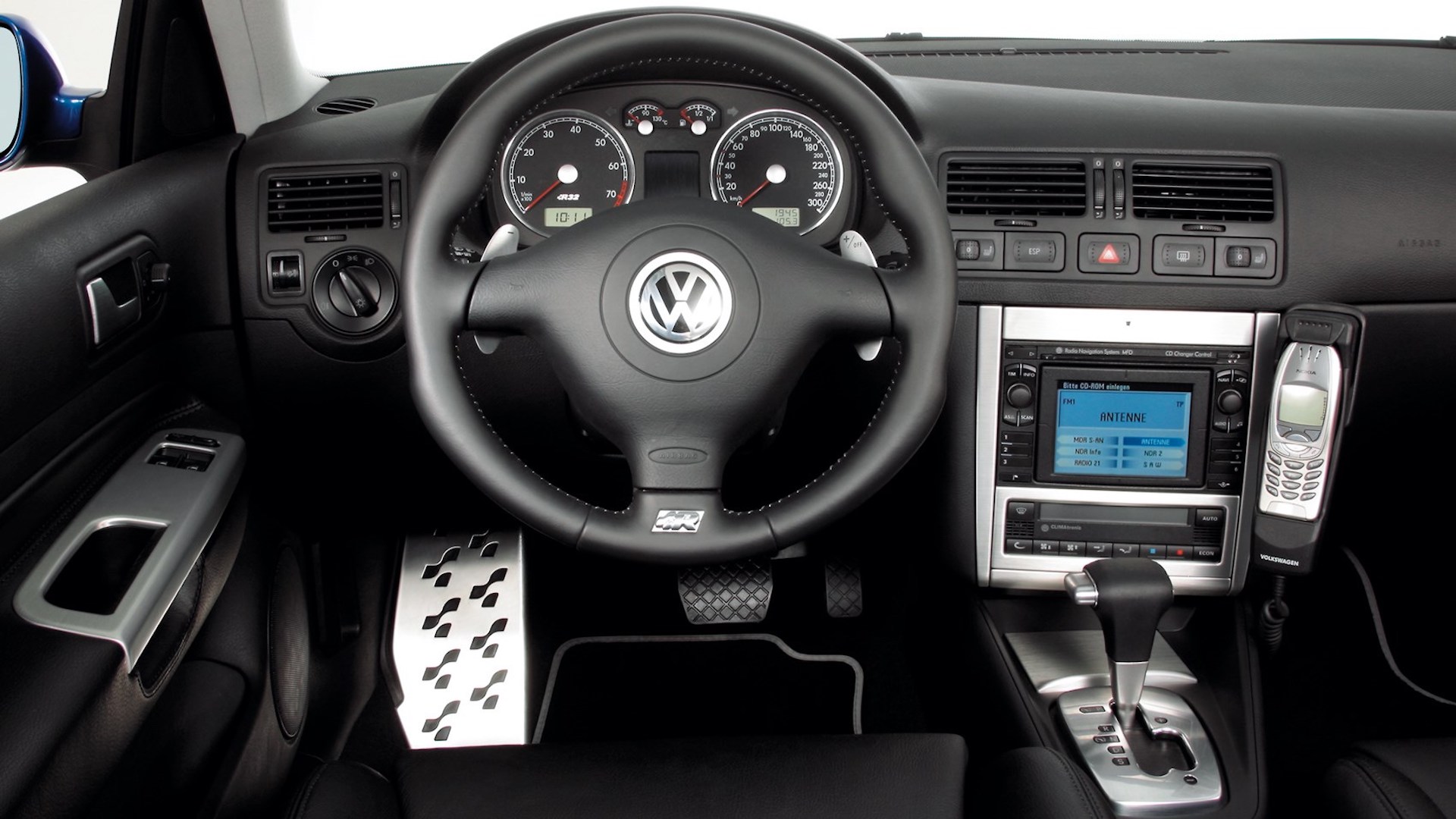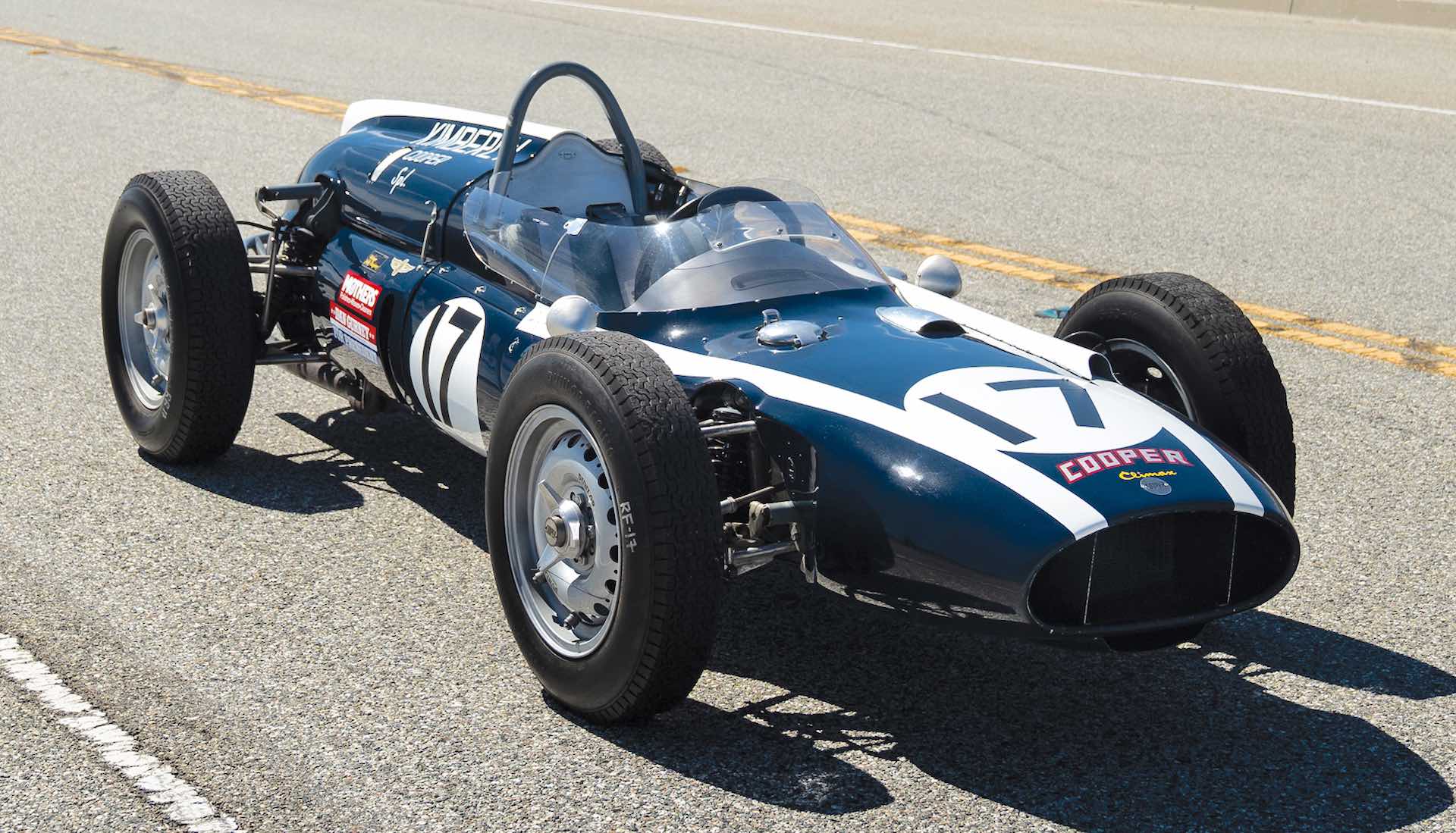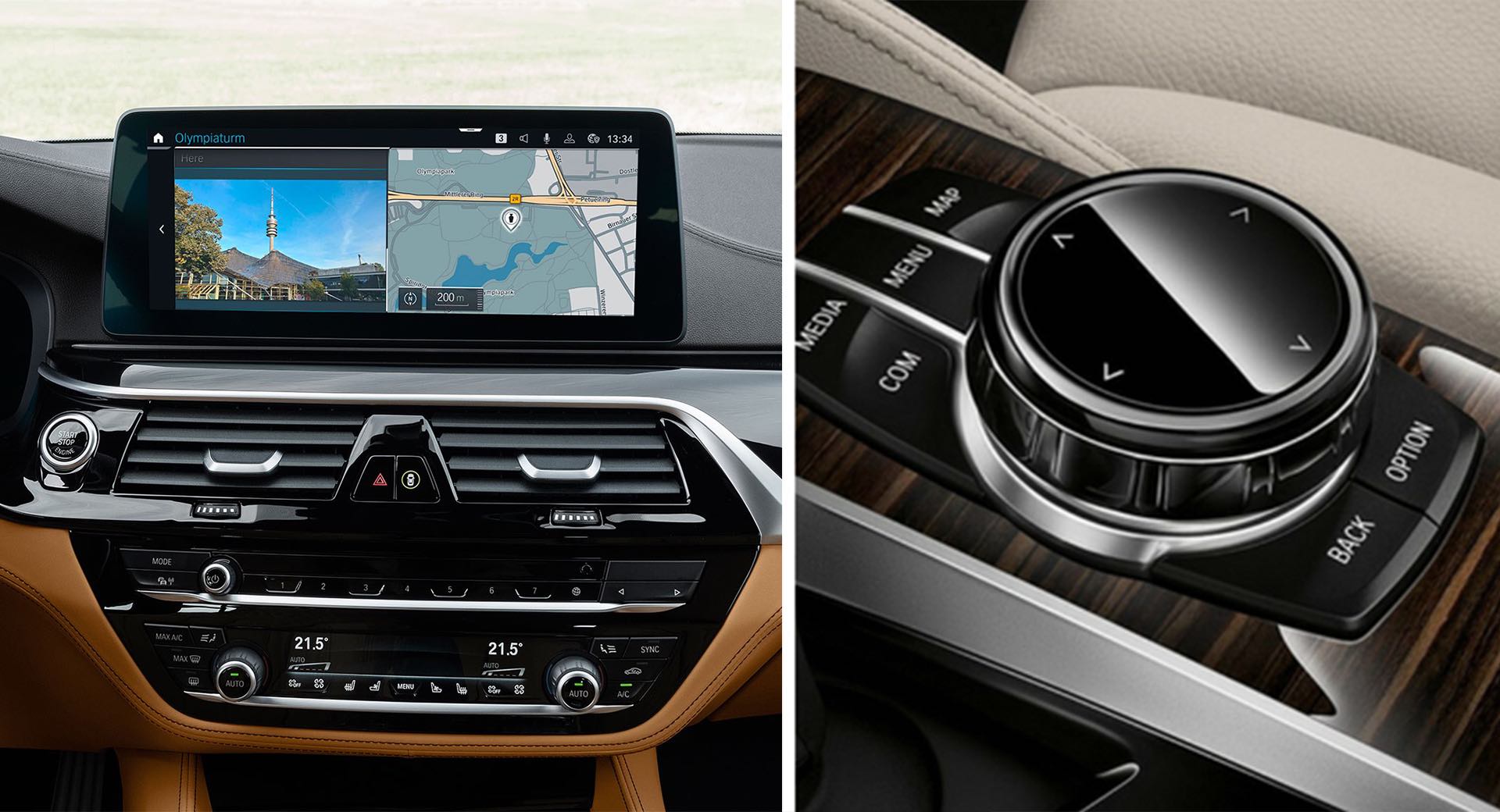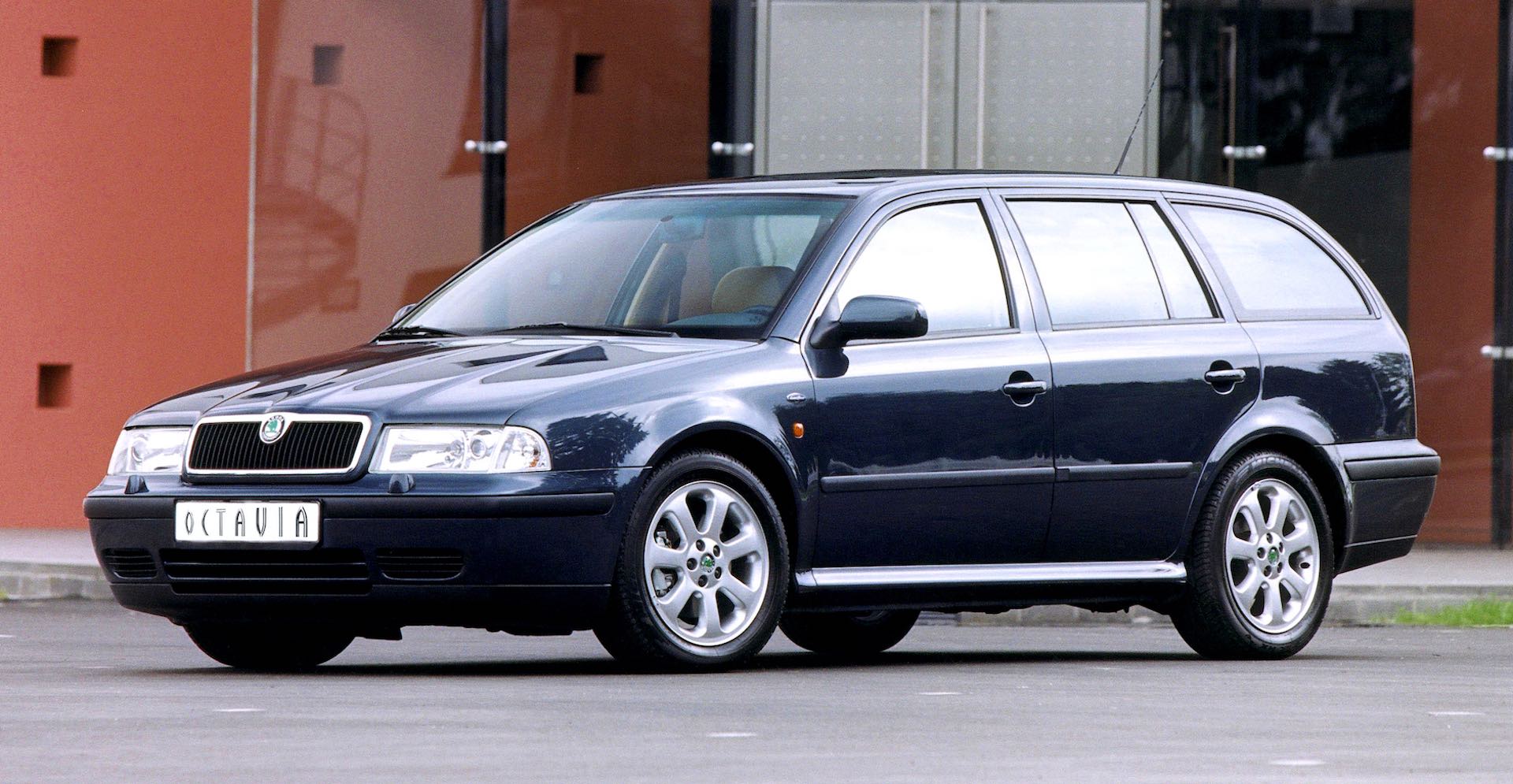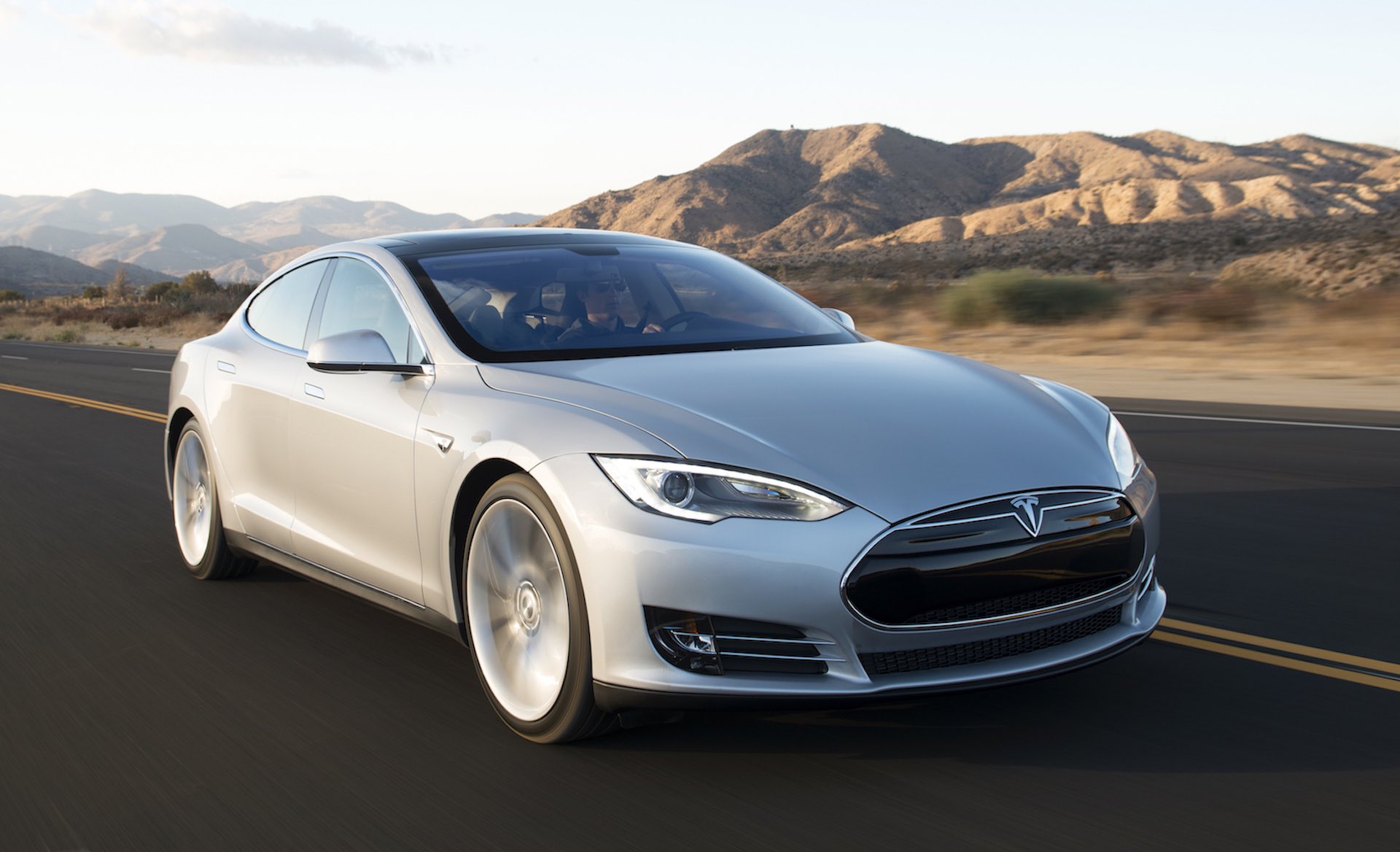Calling its new EV the Mustang Mach-E was a marketing masterstroke for Ford. It generated a stack more column inches than any ordinary new Ford EV would have received, it added some much welcome familiarity to potential buyers feeling a little scared about switching to electric power, and you want to be bombarded with abuse you might even say it breathed some new life, and some new relevance, to the Mustang brand.
First Drive: The 2021 Ford Mustang Mach-E Isn’t A One-Trick Pony
Of course, there are plenty of old-school V8-or-die Mustang fans who aren’t ready to accept the Mach-E as a true ‘Stang. But we have a feeling most of them will come around. Because that’s exactly what happened to this lot…
Porsche Cayenne
To be honest, we could fill this entire feature with Porsche machinery. The 928 never managed to replace the 911 like Porsche hoped, but the front-engined, water-cooled 924/944/968 enjoyed a long, near-20 year run, and when Porsche lets everyone loose in the new GT3, we doubt a single journalist or YouTuber will gripe that it’s no longer air cooled.
Also Read: Dear Carmakers, Your Fancy New Digital Gauge Clusters Are Already Pointless
But Porsche’s most shocking move was the introduction of the Cayenne SUV in 2002. Porsche diehards swore down they’d never buy one, but fast forward two decades and the Cayenne and its Macan little brother account for over 60 per cent of Porsche sales, and even Porsche sports car fans love them.
New Mini
Much like Mustang enthusiasts feel about the Mach-E, fans of the original Issigonis-designed Mini were split when BMW launched the new Mini in 2001. Some embraced it as the right car for the time, acknowledging that it did some things better than their 10 ft, 1950s-spec buzzbox. Others screamed “it’s not a real Mini!”
Which it wasn’t. It was faster, more comfortable, safer, better equipped, didn’t leak in the rain and made a good chunk of change for the company behind it. But it was also fun to drive and look at, just like the original.
Volkswagen Golf R32 DSG
“Automatic” was a dirty word among serious car enthusiasts before VW dropped its revolutionary DSG dual-clutch transmission into the Golf R32 in early 2003. Autos were big on refinement but heavy, inefficient, killed throttle response and couldn’t handle high revs. But the fast-shifting, fuel-efficient DSG and the DCT copycats that followed it won over millions of drivers who would have never previously considered a traditional auto.
These days there’s still a demand for old-school manuals, and plenty of pleasure to be had from stirring one, but no longer any shame in going for the two-pedal alternative.
Cooper-Climax Indy Car
Until the tiny T54 Kimberly Cooper rolled onto the Brickyard in 1961, almost every Indianapolis racer from the previous 50 years had had its engine mounted in front of the driver.
The Cooper didn’t win that year – it ran as high as third, but was massively outgunned on the straights. But it paved the way for the rear-engined Lotus 38’s win in 1965, which finally ended the rule of the front-engined machines in America’s most famous race.
BMW’s iDrive Controller
It’s fair to say that BMW’s reinvention of the car dashboard didn’t get off to a great start. The idea of using one controller and a screen to reduce in-cabin clutter was admirable, but operating the original version of iDrive released on the 2001 E65 7-series was like navigating a maze in the pitch black.
But BMW refined the concept, adding shortcut buttons, touch-technology and voice activation, and now, 20 years later, iDrive remains one of the best infotainment systems in the business.
Skoda Octavia
If you live in the US, it’s hard to imagine how big a joke Skoda was in Western Europe in the 1980s. The weird rear-engined communist cars that had escaped over the wall were the punch line to an endless string of primetime TV comedians’ jokes, and if your dad brought one home, that was the end of your high school cred.
So the front-wheel drive Favorit that followed really made people sit up and take notice, a trend built on when new owner Volkswagen refashioned it as the Felicia. But the 1996 Octavia was a landmark car. Built on the same platform as the Golf and A3, but much bigger and massively cheaper, it’s no surprise it was a hit.
Tesla Model S
There’s nothing new about the idea of using electricity to move a car along the road. Daimler, Porsche and others all offered EVs at the dawn of the 20th century, and Volkswagen was dabbling with the technology in the 1980s and 1990s.
But with its maximum 56-mile range, abysmal nose-heavy handling and glacial acceleration in the order of 27 second to 60mph, you really had to love your tofu to buy a mid 1990s Golf CityStromer. Not so 2012’s Tesla Model S. Thanks to its slick design, supercar-beating acceleration and fast-growing charging network, Tesla rapidly won the haters around.
What controversial car or piece of tech won you over? Let us know in the comments below.




